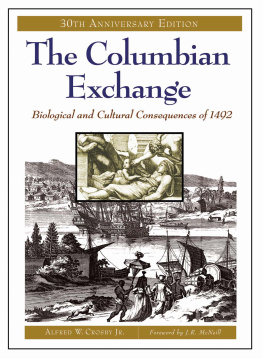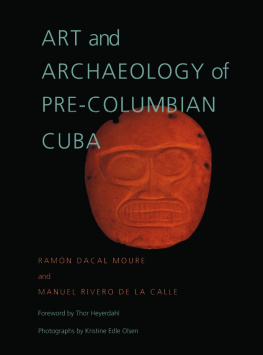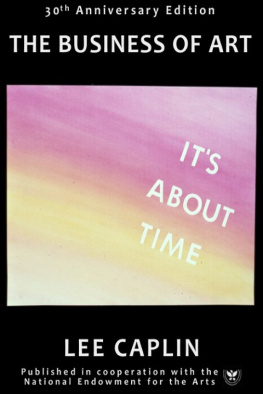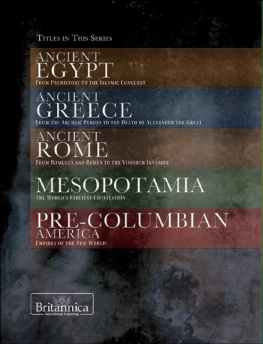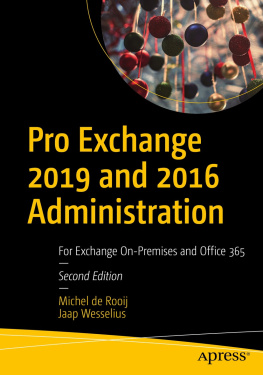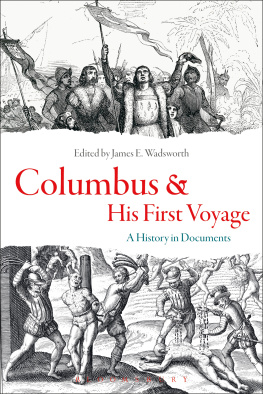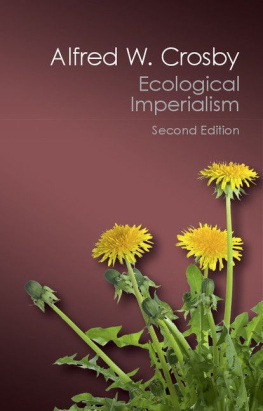Contents

Library of Congress Cataloging in Publication Data
Crosby, Alfred W.
The Columbian exchange.
(Contributions in American studies, no. 2)
Bibliography: p.
1. IndiansDiseases. 2. IndiansAgriculture. 3. Medical geographyHistory. 4. Geographical distribution of animals and plants. I. Title.
E98.D6C7 574.5 73140916
ISBN 978-0-27598-073-3 (hardback) ISBN 978-0-31309-539-9 (ebook)
Chapter 2, originally entitled Conquistador y Pestilencia: The First New World Pandemic and the Fall of the Great Indian Empires, first published in Hispanic American Historical Review, XLVII (August 1967), 321327.
Duke University Press.
A large part of chapter 4 first published in American Anthropologist, LXXI (April 1969), 21827.
Copyright 2003 by Alfred W. Crosby, Jr.
All rights reserved. No portion of this book may be
reproduced, by any process or technique, without the
express written consent of the author and publisher.
Library of Congress Catalog Card Number: 73140916
ISBN: 978-0-27598-073-3
EISBN: 978-0-31309-539-9
First published in 2003
Praeger Publishers, 88 Post Road West, Westport, CT 06881
An imprint of Greenwood Publishing Group, Inc.
www.praeger.com
P
In order to keep this title in print and available to the academic community, this edition was produced using digital reprint technology in a relativity short print run. This would not have been attainable using traditional methods. Although the cover has been changed from its original appearance, the text remain the same and all materials and methods used still conform to the highest book-making standards.
TO ALL THE RULEY GIRLS
Contents
List of Illustrations
Foreword
In A Sand County Almanac, published in 1949, Aldo Leopold, the American naturalist, essayist, and godfather of modern environmentalism, called for a rewriting of history from an ecological perspective. A generation of historians ignored him. In the social ferment and intellectual tumult of the 1960s, Alfred W. Crosby came, by his own path, to the same conclusion as Leopold. But he then took the further step of actually writing a book that took seriously the importance of ecological shifts in human affairs. You hold that book in your hands.
Leopold would have been pleased; Crosby's professional colleagues were less than pleased. The Columbian Exchange had difficulty finding a publisher until Greenwood published it in 1972. The reviews in scholarly journals ranged from ungenerous to polite, and many journals did not bother to review it. Crosby's colleagues at his own university expressed some skepticism as to whether this was really history or not, but the book refused to go away. It dealt in a clear, compact manner with subjects that seemed ever more important, which helped it to find its way onto reading lists at many colleges across the United States. It was also translated into Spanish and Italian.
My first encounter with the book came on a rainy afternoon in 1982 when I picked it off of a shoulder-high shelf in an office I temporarily occupied. I read it in one gulp, neglecting the possibility of supper. Only rarely can I recall precisely the circumstances in which I read a book long ago, but The Columbian Exchange, and the sense of excitement it provoked in me, etched itself into my memory. History has never seemed quite the same for me since. Perhaps I was unusually receptive, having been steeped for many, many months in works concerning the constitutional histories of the British Commonwealth.
Many others found new vistas on American, Latin American, European, African, and world history in Crosby's book. It became one of the foundational texts for the field of environmental history, which emerged in the U.S. in the 1970s. Mainstream historians gradually took notice too, and by the 1990s the notion of the Columbian Exchange had worked its way into several textbooks on American and world history.
The phrase The Columbian Exchange did as well. It is not often that a historian coins a new phrase that becomes standard shorthand for some complex phenomenon, but today almost every practicing historian in the U.S., and many overseas, recognize the words The Columbian Exchange. Most could give a fair rendition of what Crosby meant by the phrase, even those who had not read the book. Whereas thirty years ago Crosby's ideas met with indifference from most historians, neglect from many publishers, and hostility from at least some reviewers, they now figure prominently in conventional presentations of modern history.
Crosby, of course, built on the work of previous scholars. He did not poke around in archives looking for documents dealing with measles, sheep, and bluegrass. But geographers were interested in crop dispersals. Anthropologists and a few historians tried to make sense of the epidemics and the demographic catastrophe that befell the Americas after 1492. Readers will find their works in Crosby's footnotes. No one had put these pieces together before, and no one had written on these subjects with such wit and verve.
So for historians Crosby framed a new subject. He pursued the issue of ecological factors in his 1986 book Ecological Imperialism, which looked at some other parts of the world, including Australia and New Zealand, and argued for a systematic, asymmetrical impact of biological exchange which helped Europeans dominate much of the world in recent centuries. Others have enriched his account by drawing attention to some of the West African components of the Columbian Exchange, such as the rice that underpinned the plantation economy of the Carolina lowlands after 1690.
Crosby did not discuss Africa very much in The Columbian Exchange, but he had a very good reason. In the 1960s, the historiography of Africa was just taking shape, and information of the sort he needed was not as easily available as it became. He explored the importance of American crops for modern Africa, but African crops, diseases, and people formed a crucial partin some places the dominant partof the Old World's biotic donations to the Americas. It is well to remember that before 1880 most of the people who crossed the Atlantic to the Americas were Africans, and before 1820 four out of every five transatlantic migrants hailed from Africa. Although they came in chains, parts of their flora and fauna came with them, including African rice, okra, yams, black-eyed peas, millets, sorghum, sesame, and the pathogens that cause yellow fever and malaria. Coffee came from Africa, although not in slave ships. Africans also brought their highly effective techniques of growing rice and their not so effective means of healing yellow fever and malaria sufferers.
Crosby's legacy lies not in the comprehensiveness of chronicling the Columbian Exchange, but in the establishment of a perspective, a model for understanding ecological and social events. Indeed, with a little imagination one can find exchanges of the sort Crosby illuminated almost everywhere. Most of these are shrouded in the mists of time and will never be understood in the detail that Crosby was able to provide for the Columbian Exchange. Long before Columbus, mariners on the Indian Ocean learned to navigate the monsoon winds and sail between the coasts of East Africa and India. They carried crops, pests, weeds, and diseases back and forth, bringing sorghum, pearl millet, and finger millet to India. Similar exchanges on the monsoon winds took place between the archipelagoes of southeast Asia and China. Champa rice, an early-ripening variety, made southern China much more productive from the thirteenth century onwards and helped underwrite the prosperity and power of Song and Ming China. More recently, as Crosby explored in his later book, a large-scale, if rather one-sided, biological exchange took place between Pacific Islands and Australia on the one hand, and Eurasia on the other. This took place after the navigations of Captain James Cook in the late eighteenth century, uniting previously separate ecosystems with dramatic results that paralleled the Columbian Exchange. The antipodes had no equivalent of the potato or maize to give to the world (eucalyptus trees are perhaps their most successful biological export), but for the peoples and ecosystems of Australia, New Zealand, or Tahiti, the Cook Exchange, as it might be called, proved jarring in the extreme.

